The Asia-Pacific region in general has recorded 21 per cent growth in dog and cat food sales during the last five years, with sales reaching almost $ 4.41 billion. Experts project that sales may reach $ 5.33 billion by 2012. According to Euromonitor International, the Indian market for pet care products will achieve cumulative growth of 64.3 per cent between 2006 and 2011. Market scenario Changing lifestyles, proliferating nuclear families and double-income households have encouraged the growth of pet ownership in urban India. Increasingly, pets are being looked upon as companions and members of the family rather than as guard dogs. Excessive concern for the health of pets has started driving up sales of branded diet, health and grooming products in India. India belongs to the developing market category and may catch up with other developed countries’ markets such as Japan, South Korea and Singapore. China, Vietnam and Thailand are other peers exhibiting growth features similar to India. Unlike developed markets, in developing markets consumers will have rising incomes but disposable income can be low. So price remains a key factor. In the pet food segment, cat and dog food sales in Asia-Pacific in general have grown 21 per cent over the past five years to a total of $4.41 billion. The region is expected to sustain the same rate until 2012, reaching sales of $ 5.33 billion then, according to Euromonitor. In India, most of the mid-priced and premium pet food brands are imported. The government slashed import duties on pet food in 2007 and that gave a stimulus to both manufacturers and importers. The reduction also signalled the softening of the government’s attitude to the pet food and pet care products industry. In the case of pet food products, India is fairly globalised. What is being sold in other parts of the developed world also sells in India, so the Indian pet owner is feeding similar products to his pets that his counterpart in the developed world uses. Except for some “made in India” products, most imported products sold in India are global brands. Despite the lowering of import duties, the reduced availability of pet food products proved a challenge to manufacturers, importers and consumers last year. The ban on pet food due to avian flu disturbed the supply chain. This disturbance in the supply chain of imported brands gave an impetus to locally manufactured brands to some extent. Changing…

The popularity of pets is growing
The Asia-Pacific region in general has recorded 21 per cent growth in dog and cat food sales during the last five years, with sales reaching almost $ 4.41 billion. Experts project that sales may reach $ 5.33 billion by 2012. According to Euromonitor International, the Indian market for pet care products will achieve cumulative growth of 64.3 per cent between 2006 and 2011. Market scenario Changing lifestyles, proliferating nuclear families and double-income households have encouraged the growth of pet ownership in urban India. Increasingly, pets are being looked upon as companions and members of the family rather than as guard dogs. Excessive concern for the health of pets has started driving up sales of branded diet, health and grooming products in India. India belongs to the developing market category and may catch up with other developed countries’ markets such as Japan, South Korea and Singapore. China, Vietnam and Thailand are other peers exhibiting growth features similar to India. Unlike developed markets, in developing markets consumers will have rising incomes but disposable income can be low. So price remains a key factor. In the pet food segment, cat and dog food sales in Asia-Pacific in general have grown 21 per cent over the past five years to a total of $4.41 billion. The region is expected to sustain the same rate until 2012, reaching sales of $ 5.33 billion then, according to Euromonitor. In India, most of the mid-priced and premium pet food brands are imported. The government slashed import duties on pet food in 2007 and that gave a stimulus to both manufacturers and importers. The reduction also signalled the softening of the government’s attitude to the pet food and pet care products industry. In the case of pet food products, India is fairly globalised. What is being sold in other parts of the developed world also sells in India, so the Indian pet owner is feeding similar products to his pets that his counterpart in the developed world uses. Except for some “made in India” products, most imported products sold in India are global brands. Despite the lowering of import duties, the reduced availability of pet food products proved a challenge to manufacturers, importers and consumers last year. The ban on pet food due to avian flu disturbed the supply chain. This disturbance in the supply chain of imported brands gave an impetus to locally manufactured brands to some extent. Changing…

 Menü
Menü

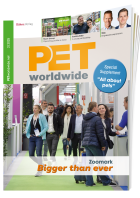




 11-12/2008
11-12/2008
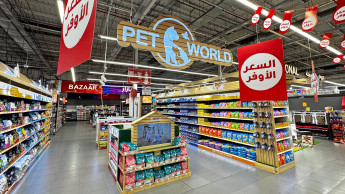


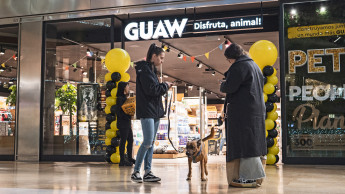
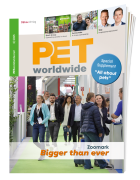
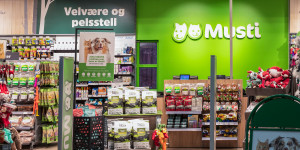



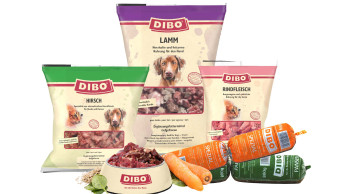

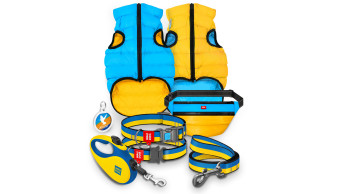
 Newsletter
Newsletter